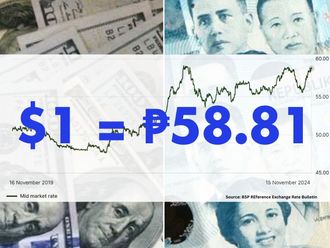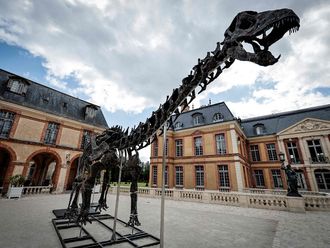Tokyo: Brazil will probably hold interest rates at record lows for a year or 18 months, until policy makers are certain the country has recovered from a post-boom “hangover,” Itau Unibanco Holding SA’s chief economist said.
Latin America’s biggest economy is still suffering from the after-effects of the 2009-2010 boom, which was fuelled by government stimulus measures and growth in China, Ilan Goldfajn said in an interview in Tokyo on Friday with Bloomberg News. The central bank cut its benchmark Selic rate for a tenth straight policy meeting to a record low 7.25 per cent on October 10, to try to revive activity.
“Their flight plan now is to keep it at 7.25 per cent for a year or a year and a half until they are sure the economy has recovered,” Goldfajn said.
A recovery could lead to a rally in Brazilian stocks, as pessimism over the country’s future starts to fade, Goldfajn said. The country’s long-term potential growth rate remains around 3.5 per cent to 4 per cent, Goldfajn said.
“People think this deceleration means there’s something more permanent, that potential growth is lower, that we need to change the model, and all of that,” Goldfajn said. “If there is a perception that part of this deceleration is cyclical then people will become less pessimistic and you’ll get some upside in terms of the stock market.”
Slowing growth
Brazil’s growth rate slowed to 2.7 per cent last year, after expanding 7.5 per cent in 2010, its fastest pace in more than two decades. The economy will expand 1.6 per cent this year, and 4 per cent in 2013, according to the most recent weekly central bank survey of economists.
If the global economy is very weak, or Brazil doesn’t recover as expected, policy makers could cut borrowing costs even further, said Goldfajn, a former central bank director.
A large shock, such as Spain defaulting on its debt, would also lead the central bank to allow the currency to depreciate from the “tight band” of between 2 and 2.05 reais per dollar where policy makers have kept it for the last three months, Goldfajn said.
Peru and Colombia are Itau’s “top picks” for investors in Latin America, Goldfajn said, with Mexico in third place.












